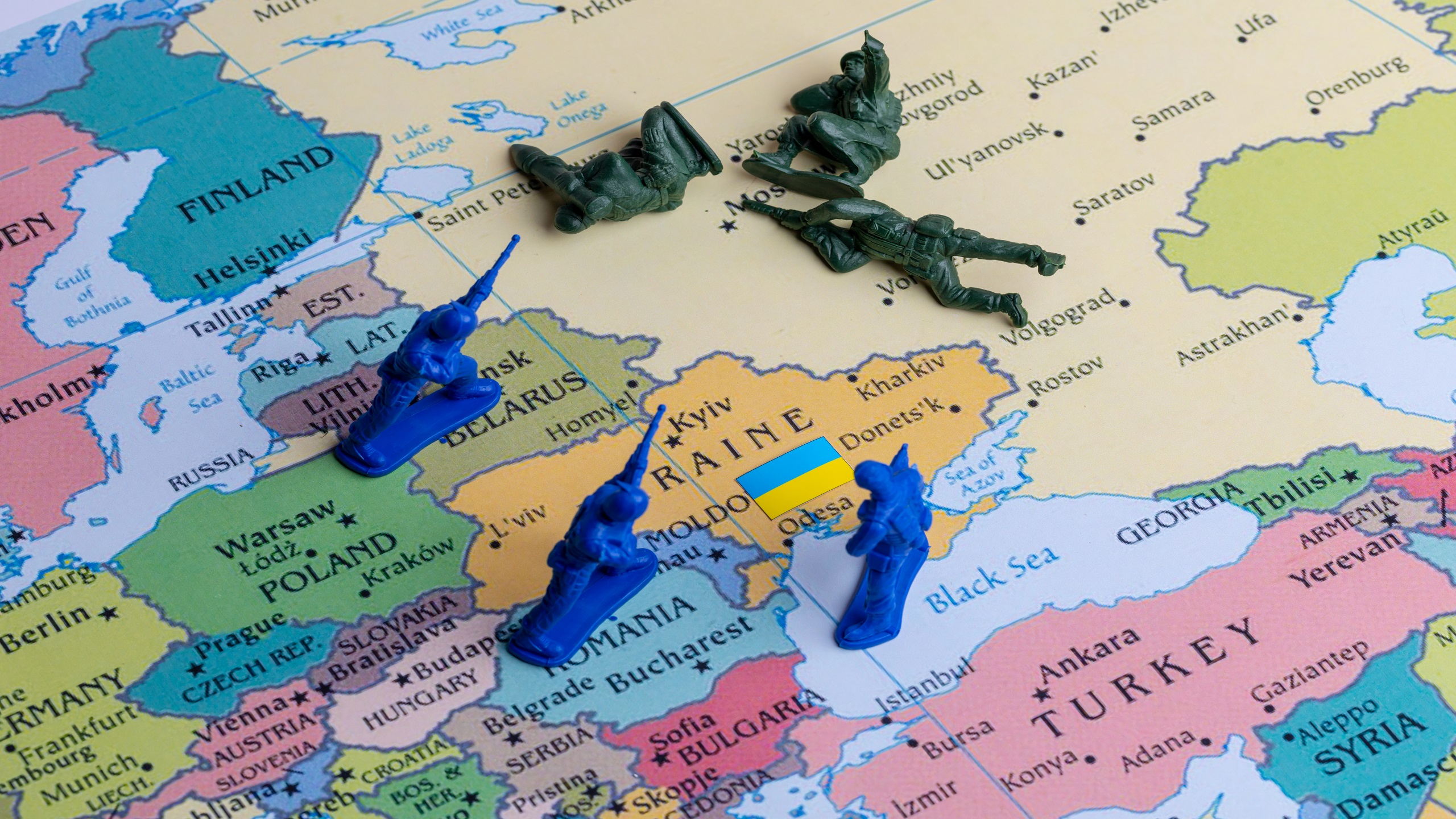Explainer: Two Years of Turmoil – Ukrainian Despair, Russian Dissent
On the second anniversary of Russia’s invasion, the toll on Ukraine and global politics deepens, with civilian and military casualties in the tens of thousands, despite international support and sanctions against Russia
As the grim second anniversary of Russia’s invasion of Ukraine looms, the toll of the protracted conflict is increasingly evident, both within the embattled nation and beyond its borders. Russia has been building up its military near Ukraine since 2021, but the situation came to a head in February 2022 when Russian President Vladimir Putin initiated a “special military operation” to “demilitarize and denazify” Ukraine.
The war has not only reshaped geopolitical alliances but has also left deep scars on the civilian population and military personnel alike, with casualties reaching staggering numbers. Within Ukraine, UN reports estimate civilian deaths at around 30,000, though the reality may be significantly higher. The military toll remains a closely guarded secret; however, estimates of Ukrainian military casualties range from 25,000 to 70,000. Additionally, recent reports detail the capture of hundreds of Ukrainian troops during the chaotic retreat amid the fall of Avdiivka.
In December, a declassified US intelligence report estimated that Russia had suffered 315,000 casualties, nearly 90% of its original force, with its military modernization set back by 18 years. This staggering toll has forced Moscow to lower recruitment standards and resort to partial mobilization. Additionally, the anniversary has spurred a wave of subdued protests inside Russia, with citizens in various cities demonstrating against the war through silent tributes and one-person pickets despite the Kremlin’s harsh crackdown on dissent. This has led to detentions and the enforcement of laws criminalizing anti-war sentiment.
Internationally, the conflict continues to draw significant attention, with European nations grappling with the sustainability of their support for Ukraine. The financial and strategic implications of ongoing aid are under scrutiny amid concerns over domestic political pressures and the potential shift in US policy with the upcoming presidential election. The bipartisan support for Ukraine aid has shown signs of strain, with increasing segments of the Republican base expressing skepticism about the extent of US support for Ukraine.
The balance of support and self-preservation is precarious, with the European Union, the United Kingdom, and the United States having already committed vast sums to Ukraine’s defense. As recently as February 1, 2024, all 27 EU member states agreed on a groundbreaking €50 billion support package for Ukraine through the Ukraine Facility, a new funding instrument designed to offer coherent, predictable, and flexible support from 2024 to 2027.
Globally, the conflict has exacerbated a cost of living crisis, heightened food insecurity, and spiked energy prices, affecting households and businesses worldwide. The conflict has significantly disrupted agricultural production and exports from Ukraine, traditionally known as the “breadbasket of Europe,” due to the withdrawal of Russia from the Black Sea Grain Initiative and the ongoing blockade of Ukrainian ports. There has been a particular strain on developing countries reliant on Ukraine and Russia for essential commodities like wheat and sunflower oil.
Russia’s attempts to annex four regions—despite initial claims of not aiming to occupy Ukraine—were globally denounced. Despite not halting its military aggression, sanctions targeting Moscow have nonetheless constrained its economy and military capabilities. The sanctions have targeted vital sectors, including energy, banking, and technology, limiting Russia’s access to international markets and cutting off critical revenue streams. Additionally, the restrictions on military and dual-use technologies have aimed to degrade Russia’s capacity to sustain its military operations. However, the effectiveness of these sanctions in compelling a change in Russia’s military strategy remains a subject of ongoing debate.
Despite strong Ukrainian resistance thwarting Russia’s initial advances and recapturing territories, the conflict has settled into a stalemate. Russian forces have fortified positions in anticipation of further Ukrainian counteroffensives, which have struggled to gain significant ground. The conflict has largely been confined to the east and south of Ukraine, where fierce fighting continues. Russian forces have utilized a range of devastating weaponry, including cruise missiles, cluster munitions, and thermobaric weapons.


